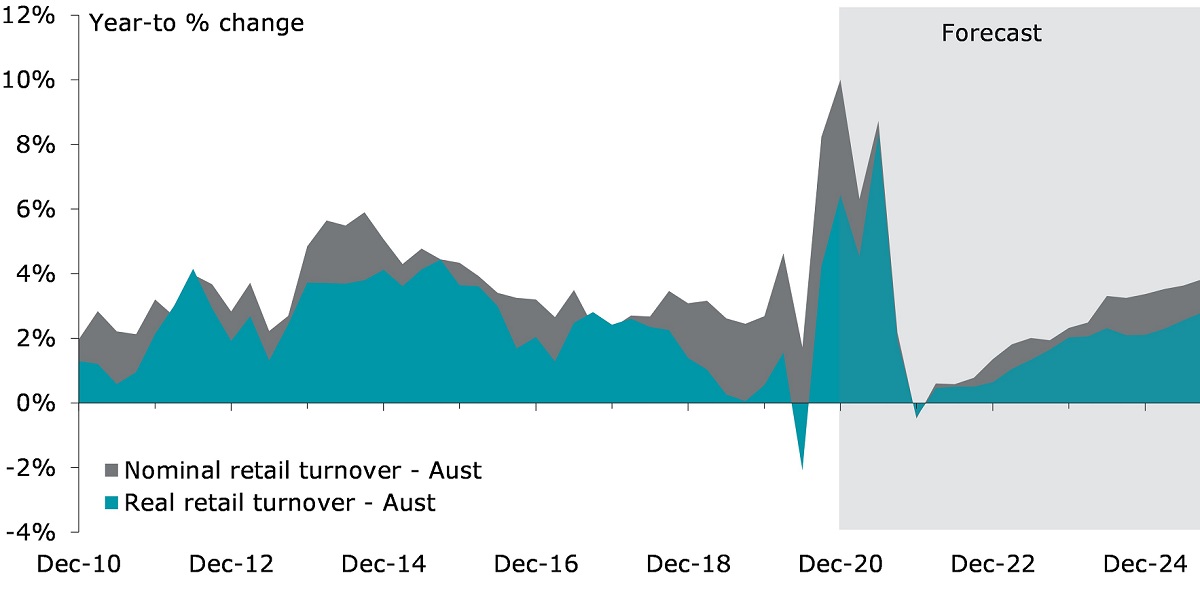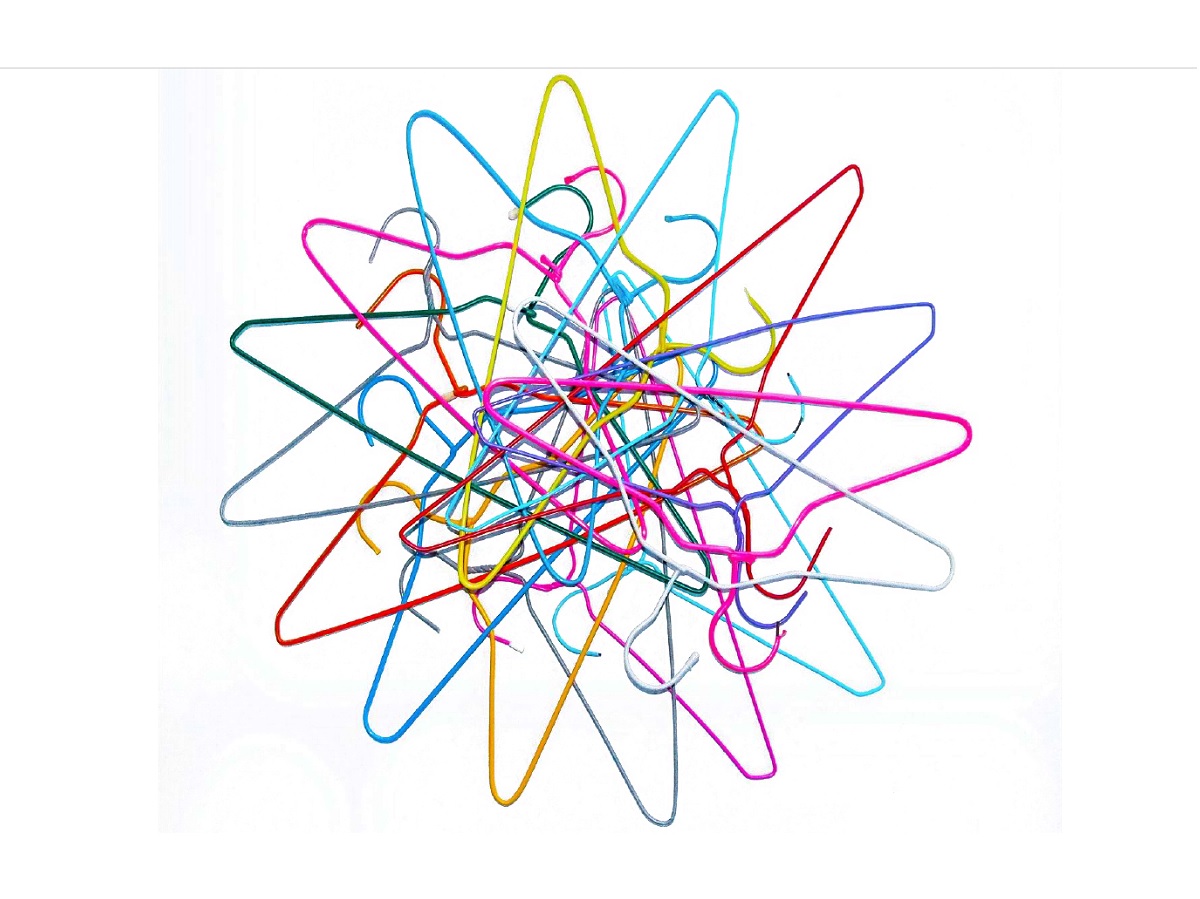Retail spending has been one of the bright spots in an otherwise difficult year for the Australian economy, with volume surging 6.4% over the year to December quarter, according to Deloitte Access Economics’ latest quarterly Retail Forecasts subscriber report.
And while 2021 is shaping up as an economic recovery year for those retailers that were ahead of the pack, a transition back to more normal spending behaviour could mean that 2020’s windfalls are temporary.
Retailers are likely to face challenges with spending slowing in the second half of calendar year 2021, to end 0.4% lower in the year to December quarter 2021. Retailers that have benefited the most through the Covid lockdown, such as household goods, are likely to face larger headwinds in 2021 as restrictions ease and borders open.
Deloitte Access Economics partner, David Rumbens, said the retail sector came out on top as spending recovered strongly in the 2020 second half, more than offsetting the slump in June, to end higher in the year to December.
“And this strong recovery was experienced across much of the sector, with nearly all segments of spend posting year-to-gains in the December quarter. Though it was non-food spending that led the way, home-related consumption also remained elevated,” Rumbens said.

“But as is so often the case with Australian retail, and this is the same for many other national economies too, there are still some challenges ahead. Our fiscal stimulus tap has been turned down to a drip, meaning less money for households to spend. Luckily, they are still more likely to feel like spending what there is given the good news on vaccines and less and less restrictions across activities that drive retail spend.”
However, unfortunately for many retailers in 2021, the economic recovery and re-opening of industries will more likely be a headwind than a boon, he said. “This means more opportunities for non-retail spending, and an increasing shift back towards travel and hospitality over the year.
“A return to ‘normal’ also poses a bigger risk to some retailers who have picked up their share of wallet over the past year. This includes household goods retailing, where the durability and one-off nature of the purchase increases the risk of a sharper pull-back in spending,” Rumbens said.

